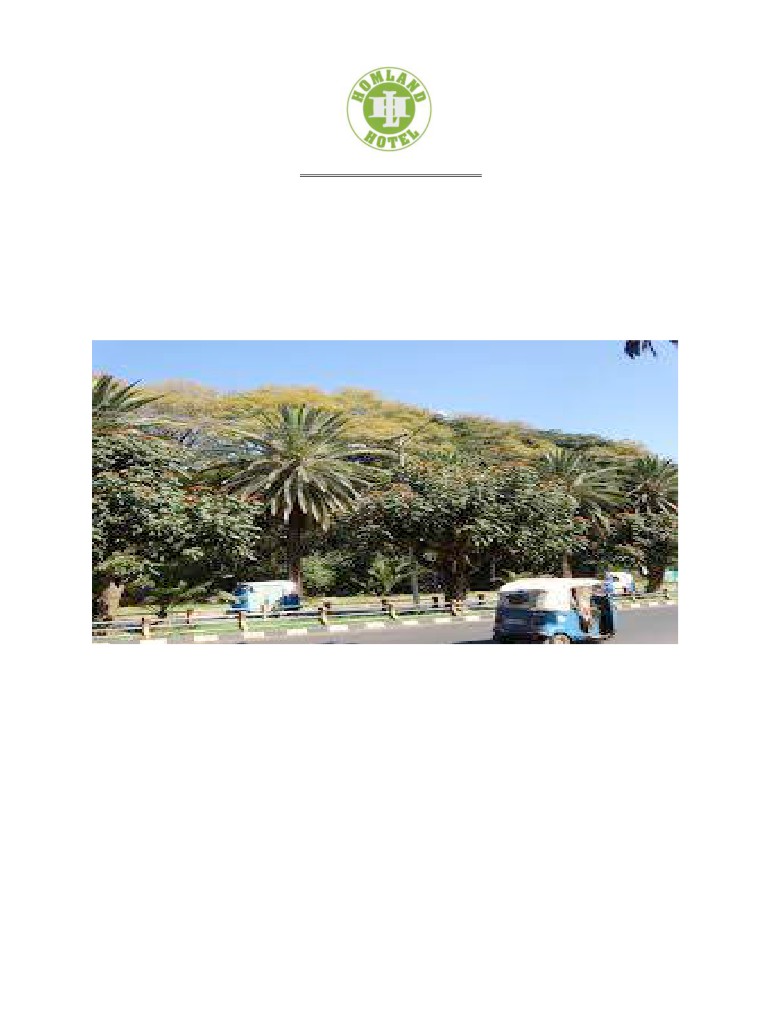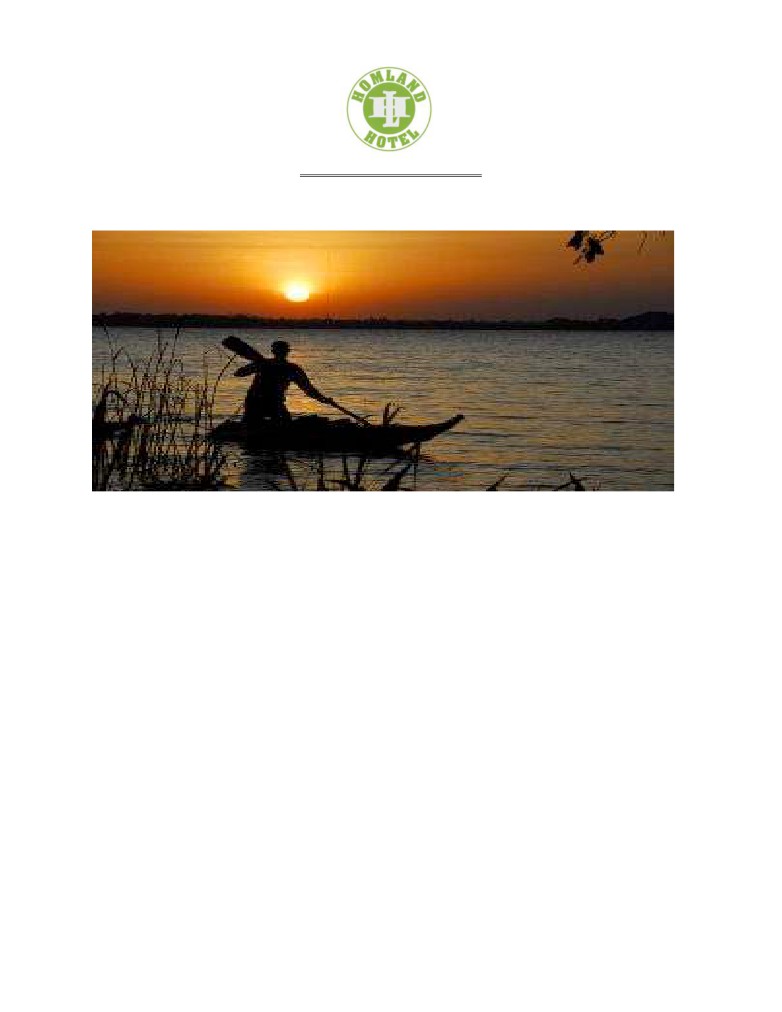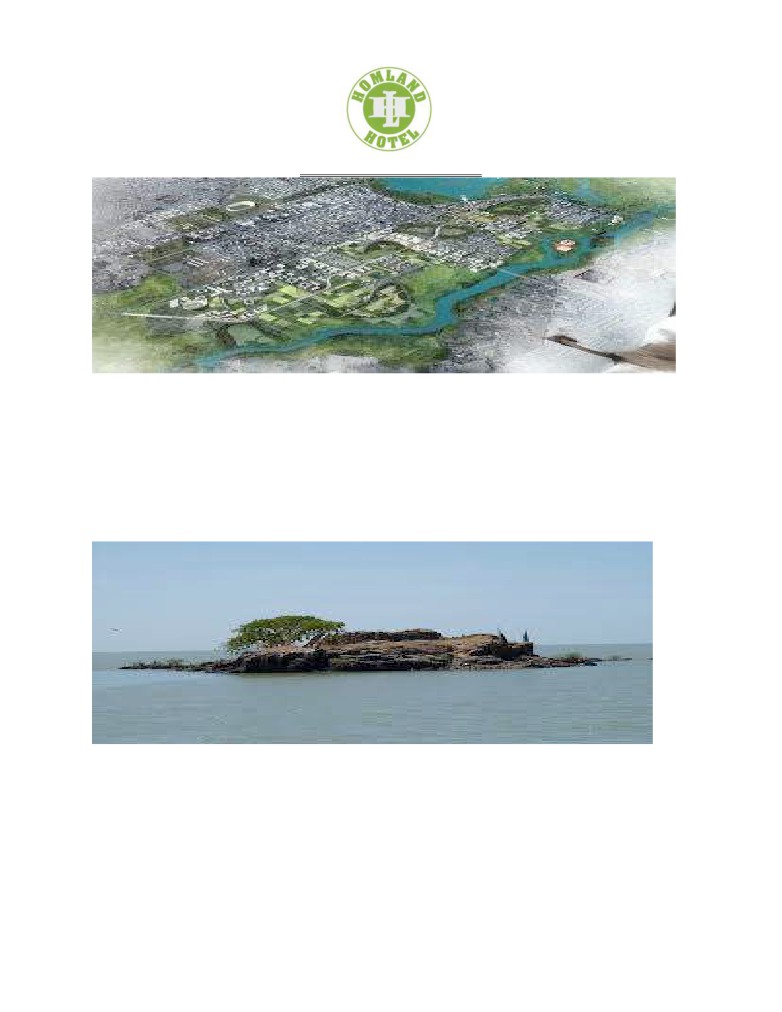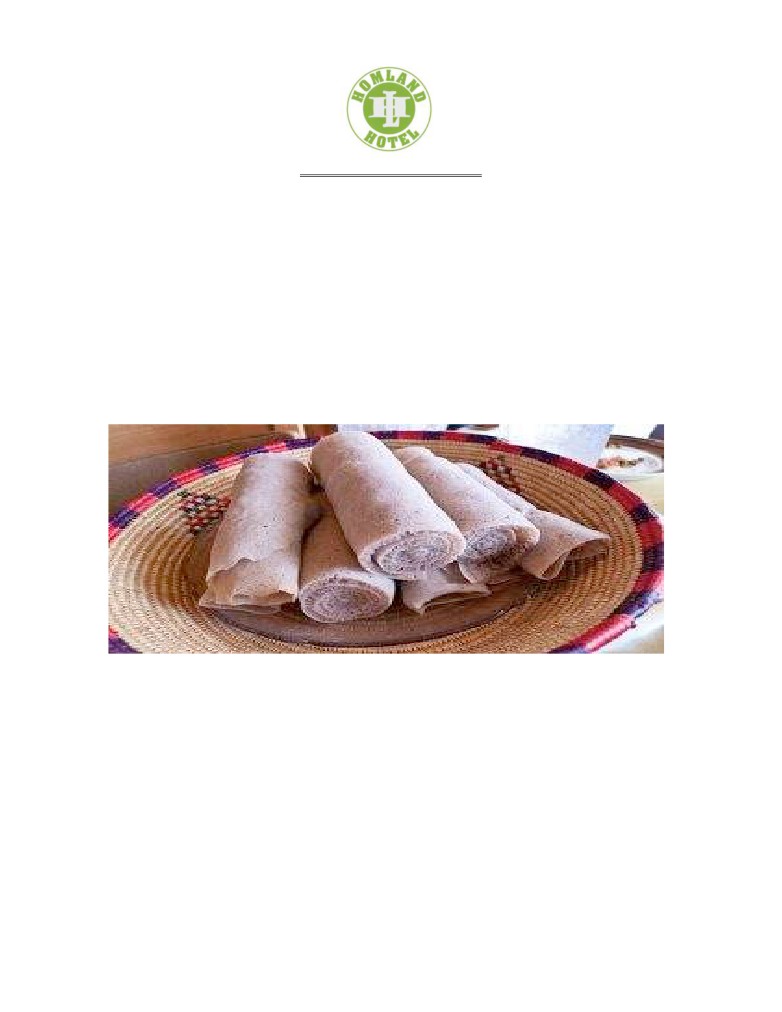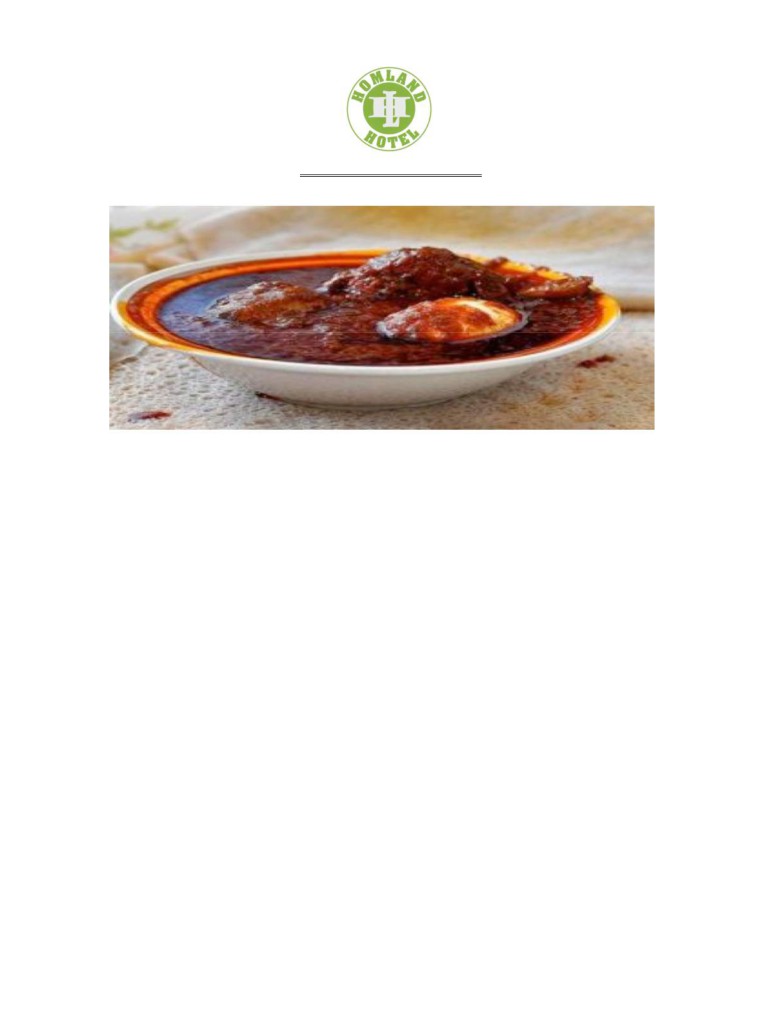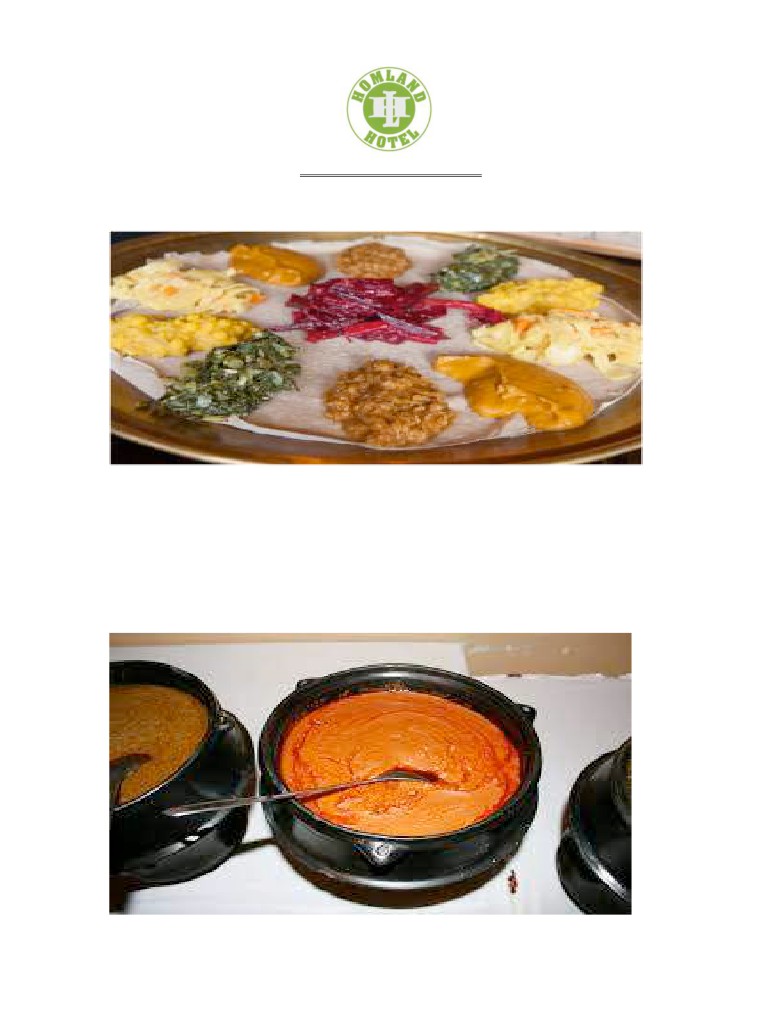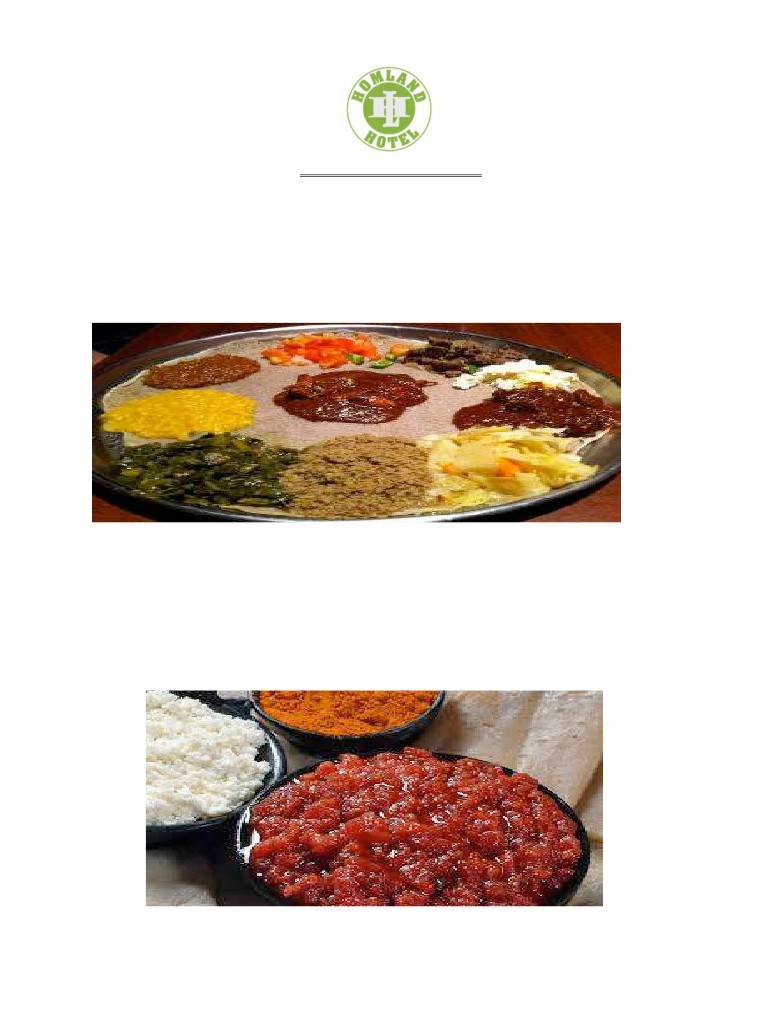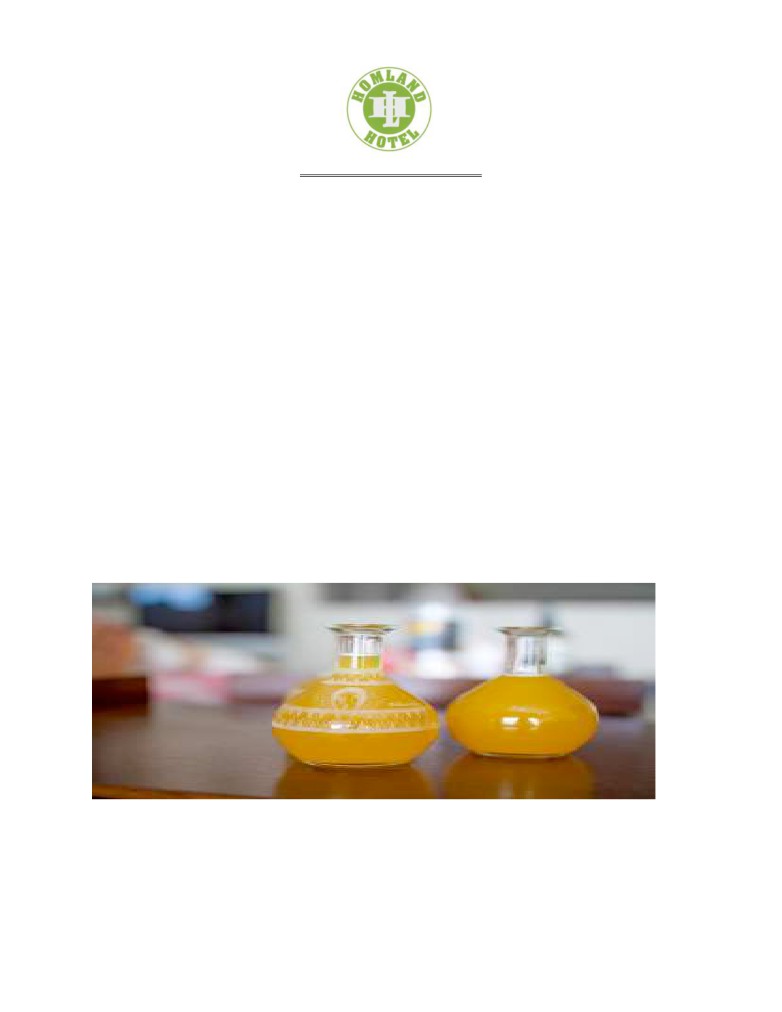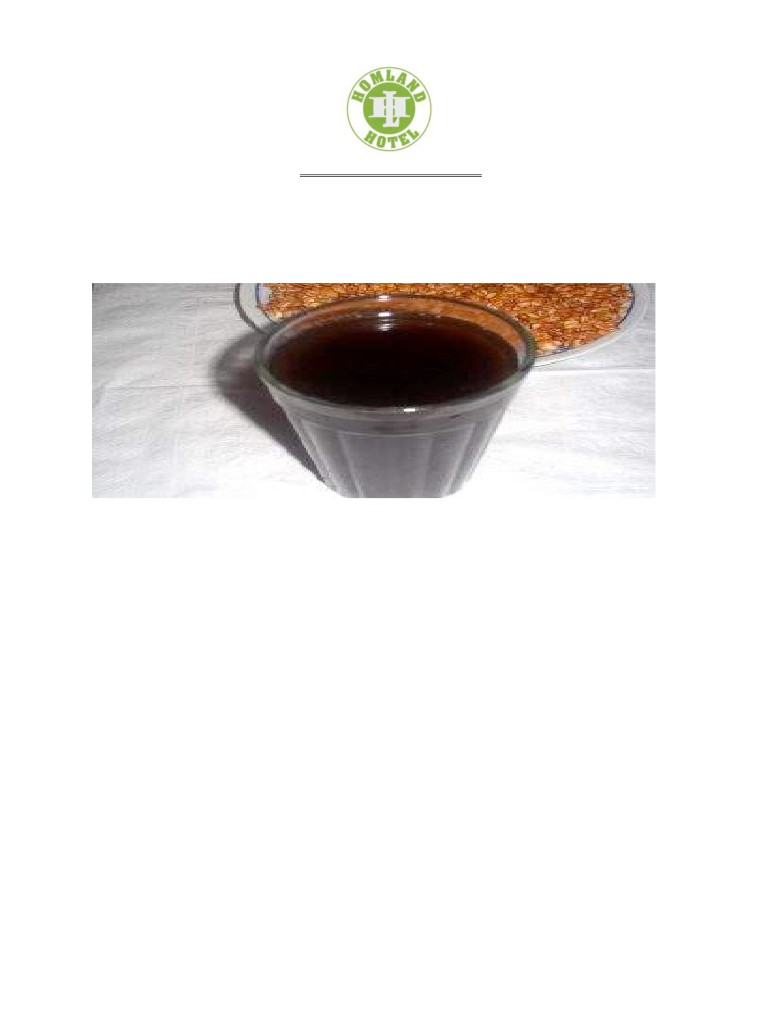Information for visitors (City Tour)
Bahir Dar is one of the twelve cities that was conferred the UNESCO Learning Cities Award
2015. Bahir Dar shares this key idea of building a learning city.
Geographically, Bahir Dar
(Amharic for
“shore side”) is located between
11028’94’’ to
11038’29’’ north latitude and 37023’28’’ to 37036’34’’ east longitude. The city is strategically
located at the side of the country’s largest Lake - Tana and the world’s longest River-Abay
River, in what was previously Gojam province.
The city’s history dates back to 16th or 17th c, when Pedro Paez erected different buildings, one
of which two-story structure is seen today in the compound of St. George Church. In the late
18th century, Bahir Dar was used as a camping spot for the army of emperor Tewodros II, where
the emperor was forced to shift to Begemdir due to cholera epidemic. Before Italian invasion,
which happened in 1936, Bahirdar was still a village inhabited by finger counted huts of Woyto
community.
During the reign of King Haileselassie, different studies were underway to expand different
infrastructures of the town but were interrupted due to the invasion by Italy. Instead, it had
served as the camping site of Italian army of Gojam province until Italy was defeated in 1941.
After the war, Bahir-Dar had served as the capital of the region and the first administrator of the
district was Azaj Zewudu Zemedagegnehu.
In 1948 the first master plan for the city was prepared by Engineer Tadesse W/Gebriel and
different public service institutions were established to server the community. The first school,
named as Sertse-Dingil was opened in 1944. The modern master plan that gave current shape of
the city was prepared in 1962 by a team of architects led by a German known as Mucks Gutter to
accommodate the 300,000 population.
The construction of Tis Abay Hydropower dam was commenced in 1961, which gave Bahir-Dar
access to electric power upon completion of the project in 1964. In 1963 the Poly-technique
Institute and Felegehiwot Hospital were opened under the support of Soviet Union and Germany
respectively.
In the 1956, the total population was 2,500 and with growth rate of 10.5% the population has
risen to 24,490 in 1974. The current population of the city is estimated to be around 450,000.
With tremendous tourist attractions and gratification, the city lies at the southern edge of Lake
Tana, the outlet of the great Blue Nile River and doorstep to the mystical monasteries found on
the islands. Its main boulevard is dotted with beautiful palm trees and vibrant cafes and
restaurants. The Blue Nile falls, which is about an hour drive from the city plunges 50 meters
over a cliff and is nearly 400 meters wide.
The beautiful town of Bahir-Dar is ranked as one of Ethiopia’s best tourist destinations because
of the various attractions it offers its guests. In 2002, UNESCO ranked it as first convenient city
for dwellers in Africa and 10th in the world and it was awarded the UNESCO cities for peace
prize for addressing the challenges of rapid urbanization.
Currently, it is also one of the largest cities in the country and serving as the political center of
Amhara National Regional State.
Tourist Attractions: -
Ø Azwa Mariam Monastery
Ø Lake Tana
Ø The Blue Nile Falls
Ø Monastery of Debre Mariam
Ø Bahir-Dar weekend open market
Ø Church of Debre Sina Mariam
Ø St. George Church
Ø Bezawit Haileselassie Palace
Ø Amhara People’s Martyrs Memorial Monument
Ethiopian Cultural Food and Drinks
Ethiopians have unique and original varieties of culinary delights; ‘Injera and Wot’ being the
most prominent. Injera is at the heart of every meal in Ethiopia. The national dish of Ethiopia is
locally known as “Wot” usually a hot spicy stew, which comes in many varieties. Together with
the meal, Ethiopians enjoy a variety of drinks like Coffee, Tej, Tella, Areke etc.
1.
Injera
Injera is a sour and spongy round bread, made of Teff flour, that’s naturally vegan and gluten-
free. Sauces and dishes are commonly poured on top of the injera, which is then used as a vehicle
to get the deliciousness from table to mouth. Injera has a very strong taste and texture — so
when you like it, you love it, and it’s hard to put down.
2. Doro Wot (Chicken Stew)
This rich chicken stew is one of Ethiopia’s most famous dishes. It’s known that when an
Ethiopian girl wants to marry, she has to make doro wat for her fiancé’s family as a
demonstration of her culinary proficiency and thus worthiness to be chosen as a wife. While this
traditional cooking exam may still hold in rural areas, it is quickly dying out in Ethiopian major
cities.
Doro wat takes forever to make, which is why it is often only served during holidays and on
special occasions. It involves slow cooking red onions, berbere and chicken parts for hours, until
just the right consistency and blend of flavors has been achieved.
3. Yetsom Beyaynetu (Vegetarian Mixed Plate)
Also known as a fasting platter, yetsom beyaynetu is a mixed vegetarian plate that usually
includes several types of lentil and split pea stews (e.g., misir wot, alecha kik or mesir kik) with
kale (gomen) and a spicy tomato stew (sils). Talk about a vegetarian - if not a vegan dream.
4.
Shiro wot
Shiro is a delicious chickpea powder-based dish (sometimes also including lentils and broad
beans), slow-cooked with Ethiopia’s popular and spicy red berbere sauce. There are several
kinds of shiro to enjoy, from the soupy thin shiro wot to the thick and glob-like (but still
delectable) shiro tegamino.
5. Maheberawi (Meat
Ethiopian meat-based mixed plates usually combine several stews like key wot (beef stew), tibs
(lamb, beef or goat cubes cooked with nitter kibeh and herbs like rosemary), and kitfo (raw
ground beef). We highly recommend ordering one of these and sharing it with at least two to
three people.
6. Kitfo
Kitfo is a big treat for the ordinary Ethiopian. The leanest meat is reserved for this dish, which is
then minced and warmed in a pan with a little butter, berbere and sometimes tosin (thyme). It
can be bland and disgusting, or tasty and divine. If you’re ravenous after a hard day’s travelling,
it’s just the ticket, as it’s very filling. A tip? Ask for a heap of berbere on the side. Traditionally,
it’s served just leb leb (warmed not cooked), though you can ask for it to be betam leb
leb (literally ‘very warmed’, ie cooked!). A kitfo special is served with aib and gomen (minced
spinach). In the Gurage region
(where it’s something of a specialty) it’s often served
with enset (kotcho; false-banana ‘bread’). Kitfo beats (restaurants specialising in kitfo) are found
in the larger towns. Another favourite meat dish of ours is siga tibs, which consists of small
strips of fried meat served with onions, garlic and spices.
Ethiopian Cultural Drinks
1. Tejj (Honey Wine)
T’ej is a honey wine (mead) that has been brewed in Ethiopia for centuries. It is bittered with
gesho leaves and twigs. Gesho is kind of like a hop and falls into the buckthorn family. The
gesho also gives it a unique direction of flavor. T’ej is usually homebrewed in Ethiopia.
However, there are tej betoch (Tej houses) throughout the country. Traditionally, it is served in
a birele container but a pint would be just fine. It is best served chilled and goes well with spicy
food. This is one of the more delicious weird alcoholic drinks that can be brewed at home.
2. Tella
Tella is an Ethiopian home-brewed beer, which differs from the others in some respects. First it
is brewed with barley or wheat, hops, or spices. Secondly, it has a smoky flavour due to the
addition of bread darkened by baking and use of a fermentation vessel, which has been smoked
by inversion over smoldering wood. Tella is not processed under government regulations hence
the alcohol content varies but is usually around 2% to 4%. Filtered Tella has a higher alcohol
content ranging from 5% to 6%.
How to Get Here: -
Bahir-Dar, a town in northern Ethiopia, is 578 kilometers from Addis Ababa, Ethiopian Airlines
operates daily flights between Bahir-Dar and the capital city. The most common and convenient
way of traveling in Bahir-Dar is cycling. Taxis also provide efficient transportation in the city.
Intercity bus service provided by the Sky Bus line and Abay Bus transport system which
operates daily to and from the capital. Its climate is somewhat tropical and different from the
typical highland climate of northeastern Ethiopia.
